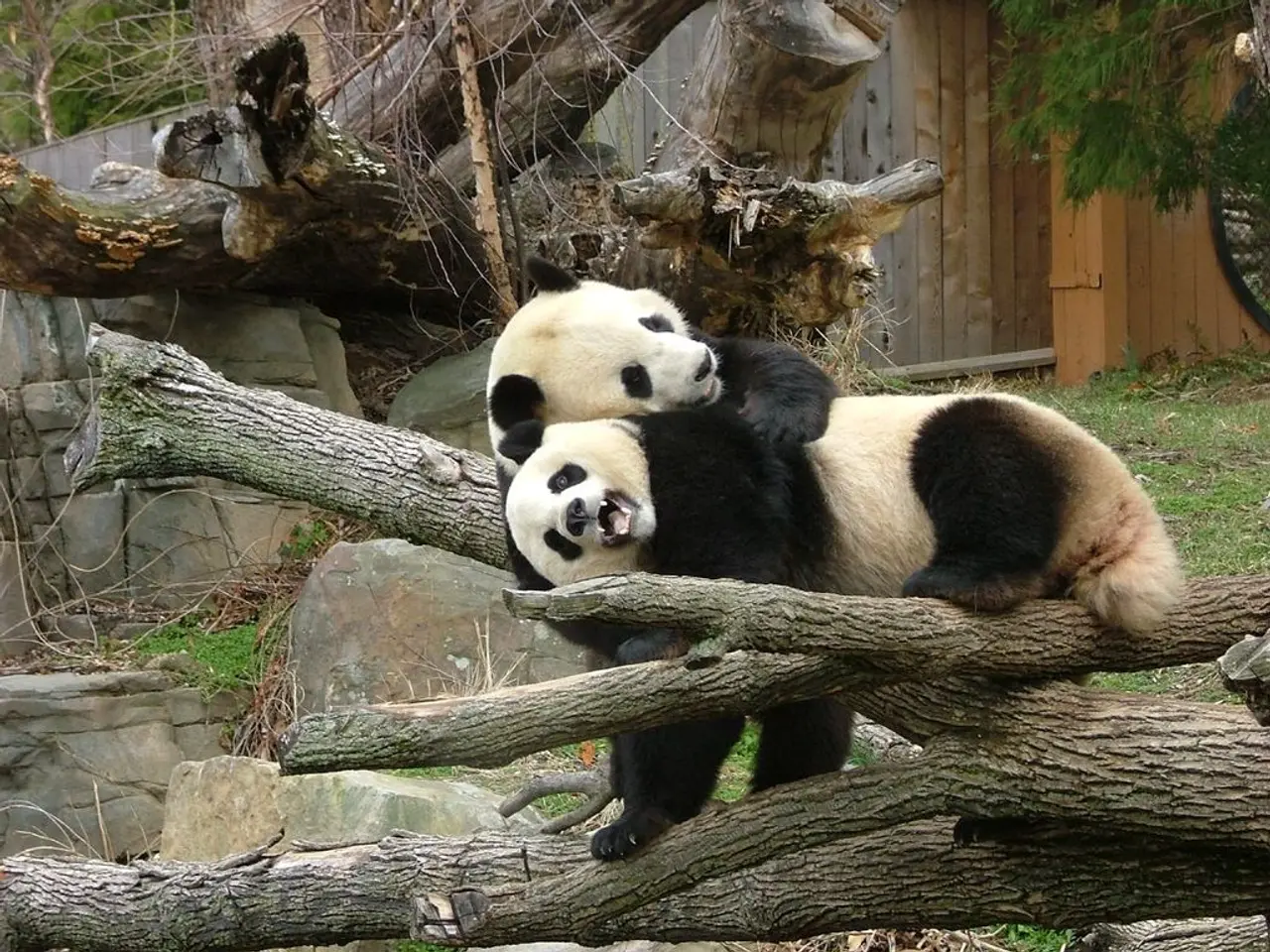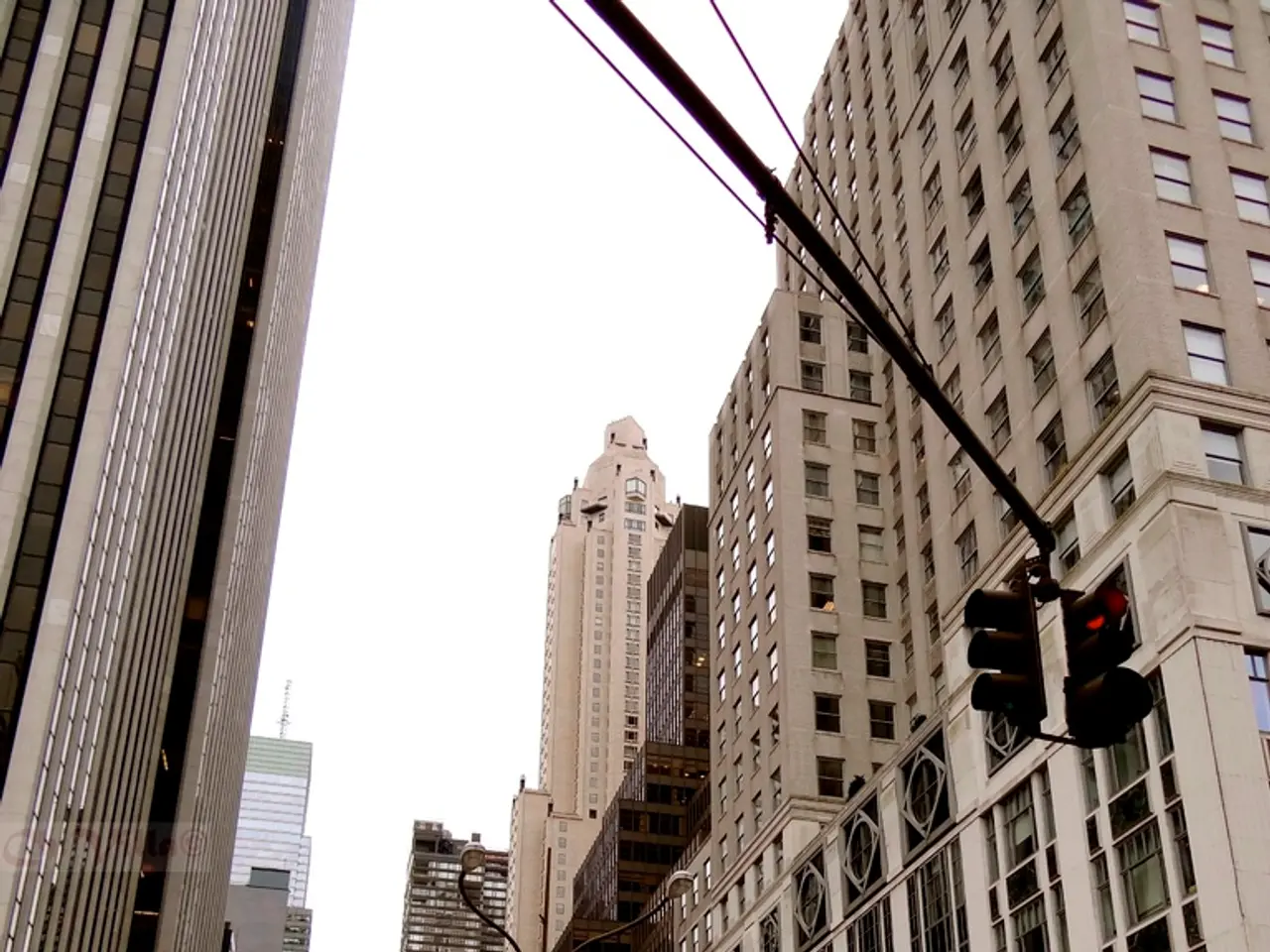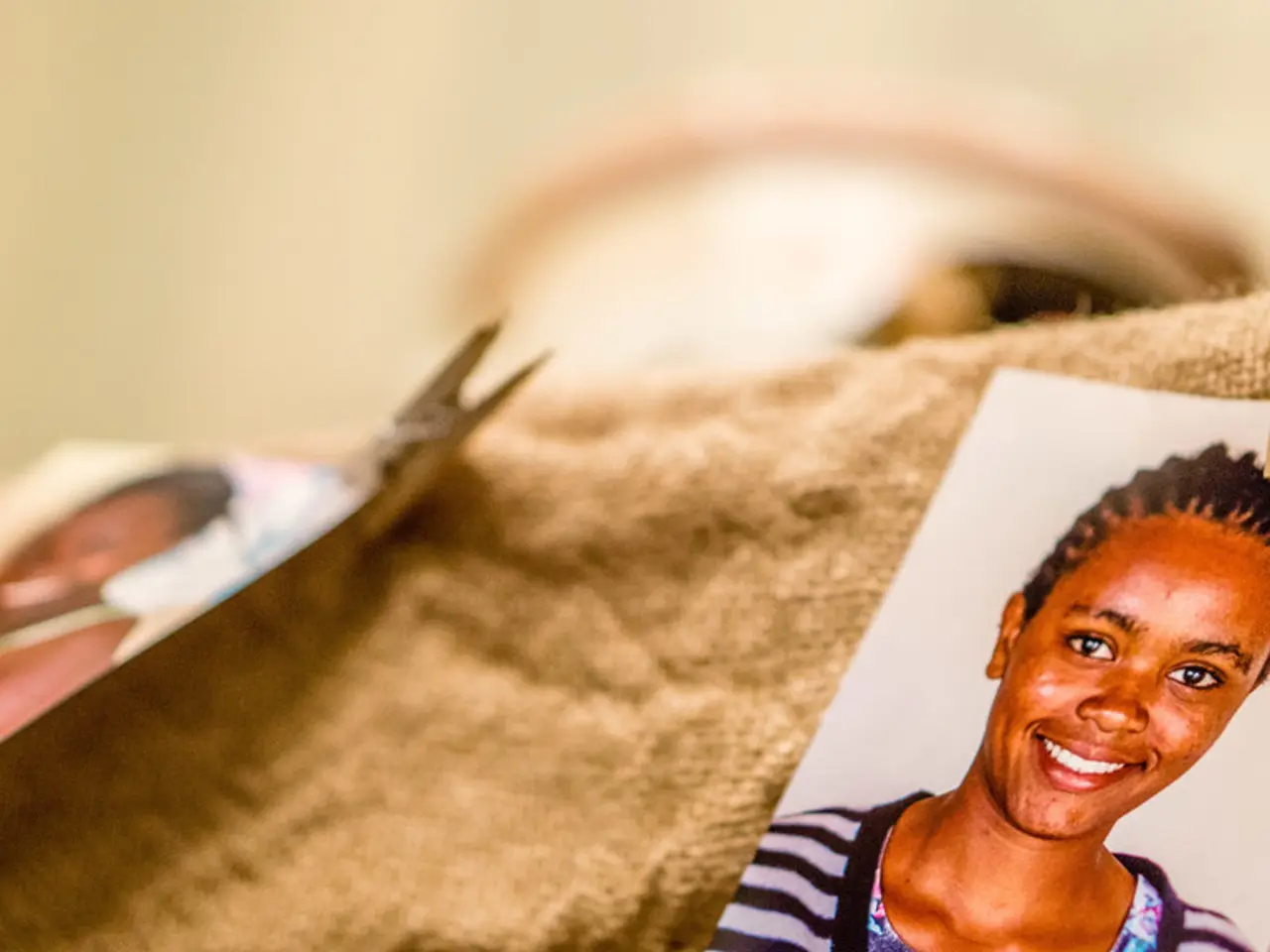Top-Notch Nikon Cameras Ideal for Astrophotography in the Year 2025
In the realm of astrophotography, two Nikon models have been consistently shining - the Nikon Z 6 and the Nikon D810a. These cameras were prominently featured in the 2025 edition of the Royal Museums Greenwich Astronomy Photographer of the Year competition.
The Nikon Z 6, a modern mirrorless camera, showcased its astrophotography prowess in one of the finalist images, captured with a 35mm lens on a Sky-Watcher Star Adventurer mount [1][5]. The Nikon D810a, a camera specially modified for astrophotography due to its enhanced sensitivity to hydrogen-alpha wavelengths, has been instrumental in capturing exceptional night sky images, such as noctilucent clouds [2].
These cameras are favoured for their full-frame sensors, excellent low-light performance, and compatibility with specialized lenses and mounts that enhance astrophotography results.
Among the premium picks for astrophotography, the Nikon Z7 II stands out with its 45.7 MP full-frame sensor. However, the Nikon Z6 III, a 2024 upgrade, is also a recommended choice due to its newness and advanced features, including Starlight Mode for low-light photography [3].
The Z6 III, while boasting a 24.5 MP full-frame sensor, is fairly expensive compared to the Z6 II. On the other hand, the Z6 II, the top recommendation for the best value Nikon camera for astrophotography in 2025, offers a lower resolution but is substantially cheaper and proven for astrophotography [4].
The Z6 II also allows for long exposures of up to 15 minutes without an external intervalometer and remembers focus settings, making it a practical choice for astrophotographers. Moreover, pre-astro modified versions of the Z6 II are available for purchase [6].
While the competition’s disclosures do not list all camera models used in every shortlisted image, these two Nikon cameras stand out for their repeated appearance among finalists and their presence in shared submissions related to the prestigious Royal Museums Greenwich competition and its affiliate categories [1][2][5].
It's worth noting that many successful astrophotographers use astro-modified models, which are regular Nikon cameras with altered sensors for better astrophotography capabilities. In the last two years, there has been a shift from DSLRs to mirrorless models in astrophotography [7].
The Nikon D810A, an astrophotography-modified camera, optimized for capturing nebulae and distant galaxies that emit H-alpha wavelength in red, is no longer available new but can be found used [8].
The top picks for astrophotography cameras from Nikon also include the Nikon D850, a DSLR model with a 45.7 MP full-frame sensor and excellent low-light capabilities [9].
For those interested in learning more about the differences between the Z6 II and the Z6 III, there is a good article outlining the details [10].
References: [1] [Royal Museums Greenwich, 2025] [2] [Competitor's Shared Images, 2025] [3] [Nikon, Z6 III Product Page] [4] [Nikon, Z6 II Product Page] [5] [Finalist Image Analysis, 2025] [6] [Pre-astro modified Z6 II, 2025] [7] [Shift from DSLRs to Mirrorless, 2023] [8] [Nikon D810A Availability, 2025] [9] [Nikon D850 Product Page] [10] [Comparison of Z6 II and Z6 III, 2024]
- The Nikon Z 6 and D810a, favored by astrophotographers for their specialized features, made a significant impact in the 2025 edition of the Royal Museums Greenwich Astronomy Photographer of the Year competition.
- The Nikon Z6 III, a modern mirrorless camera with Starlight Mode, and the Z6 II, known for its value in astrophotography, are both top recommendations in the realm of space-and-astronomy gadgets.
- Among the latest technology in astrophotography cameras, the Nikon Z7 II with its high-resolution full-frame sensor stands out, while the Nikon D810a, modified for enhanced sensitivity to hydrogen-alpha wavelengths, albeit discontinued, can still be found in the market.
- The shift from DSLRs to mirrorless models in astrophotography has been evident in the last two years, with many successful astrophotographers using astro-modified mirrorless models like the Nikon Z series for their superior performance in capturing images of the night sky.




